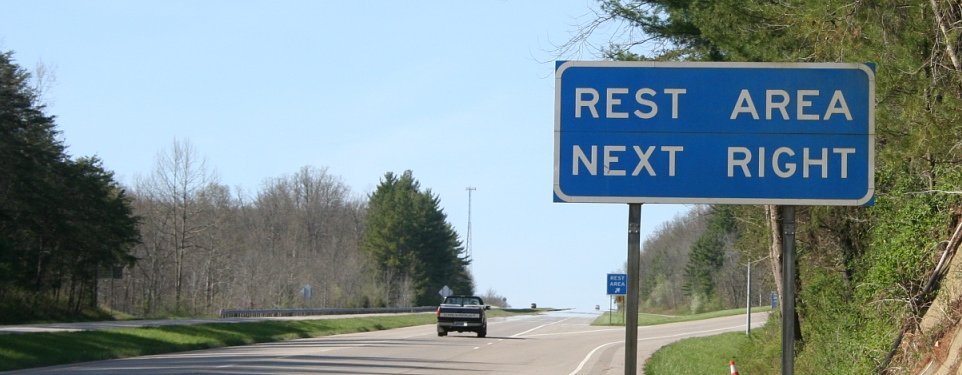A: Soooo, you have high blood pressure. You have a manageable condition know as hypertension. The name tells you what it is, what it does, and what to do about it. Hyper means high and tension — well, we all get what that means. It also means that your blood vessels also have a lot of pressure pushing against their walls. It is that part, the pressure pushing against the walls that drives (only pun) the need for treatment. With a brief tour through a bit of physics (less than anything Lemmy has made you suffer through), it will be easy to understand what you need to know to be healthy and safe while riding.
You have two types of blood vessels — arteries and veins. Arteries carry blood away from your heart and veins bring it back. Arteries are our focus since they have thicker walls, including some muscle. Just like you can flex your arms to make your muscles look bigger, your arteries do the same thing. When they do it all the time, your blood pressure goes up. This helps us to figure out how to manage the blood pressure numbers your doctor does not like and you body may not tolerate.
Dr. Kaplan is a physician who rides. Got a medical question related to motorcycling? Send it to commontread@revzilla.com and put "Ask the Doc" in the subject line.
Think of your arteries like a garden hose that you have turned on to wash you bike. Imagine that without changing how much water is running through the hose, the hose magically becomes half of its thickness. Now, the same volume of water has only half the space, dramatically raising the pressure in the hose. If your hose is Aunt Mabel’s and 40 years old, it may burst — just like some of your blood vessels, especially those in your brain, chest or belly. You can bleed, have a stroke or even die if that happens.
But smart you bought a brand new hose that tolerates even the Philadelphia winter. Instead of changing the size of the hose, now we’ll double the water flow. This creates the same risk — too much water in too small a space. With enough pressure, even your new hose could come apart at the seams.
One approach — the one your doctor has chosen for you — is to get rid of excess water using a “water pill.” While we (doctors) call it a diuretic, you will likely call it a pain in the ass. This is because water pills make you pee to get rid of both water and the salt from the Philly soft pretzels you love so well. When you take your med, you will need to empty your bladder – a lot! This means that your ride may become focused on the next pit stop instead of the scenery, unless you plan to hide behind the scenery instead of waiting until the next rest stop.
Along with the water, you also lose sodium (Na), potassium (K), and magnesium (Mg), so you are at risk for having less of each than you need. Your heart needs the right amount of salt in your blood to beat in a normal way. Most of us get more than enough Na and Mg in our diet but sometimes not enough potassium when taking a water pill. Eating bananas or other foods that are rich in potassium (spinach, potatoes with skin, salmon, avocados, mushrooms) is a smart way to help keep your potassium normal and your heart happy.
An empty bladder is a happy bladder. If you crash on a full bladder you are more likely to rupture it since its walls are under high tension, just like your blood vessels if you have hypertension. Trauma surgeons like me will thank you for providing them the opportunity to hone their bladder repair skills.
So what should you do? Time when you will take your med around when you will ride, of course. One of the strongest water pills (furosemide, trade name Lasix) has most of its effect in the first 30 to 60 minutes after you take it and is mostly gone two to three hours later. Other meds may take effect over a longer period of time. You will figure out how your med works for you, and learn to adjust when you take it so that you are not stopping every 10 minutes for a potty break.
Taking a pill that forces you to lose water may leave you running a bit low on fluids after dumping a ton of urine. You are at a higher risk for dehydration, especially on hot summer days. The same thing can happen even on cooler days from the effects of wind, if parts of you are exposed. (Remember your MSF class teaching about this?) Carry a non-caffeinated (caffeine makes you pee more!) drink like Gatorade to refill if you feel really thirsty, weak or even dizzy at the extreme. Oh, and pull over in a safe spot, dismount, refill, and wait until you feel better before continuing. I would recommend riding with a buddy until you are used to how your new med affects you and your riding in particular. Yes, I know I sound like your parent, but it’s one of those Hippocractic oath things for docs.
While it is tempting to skip your med to avoid having to stop — don’t! Remember the seams of our garden hose? Taking your daily water pill helps keep you from coming unglued at the seams, so you can instead remain firmly planted in the saddle.































 Riders Preferred Membership
Riders Preferred Membership

